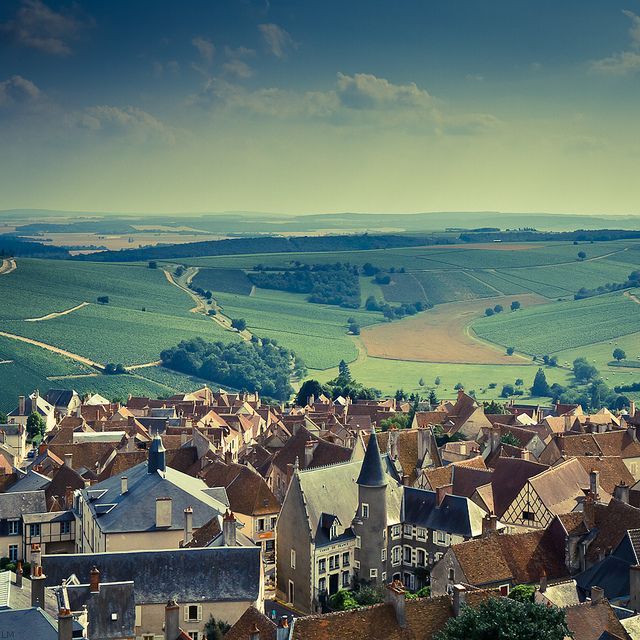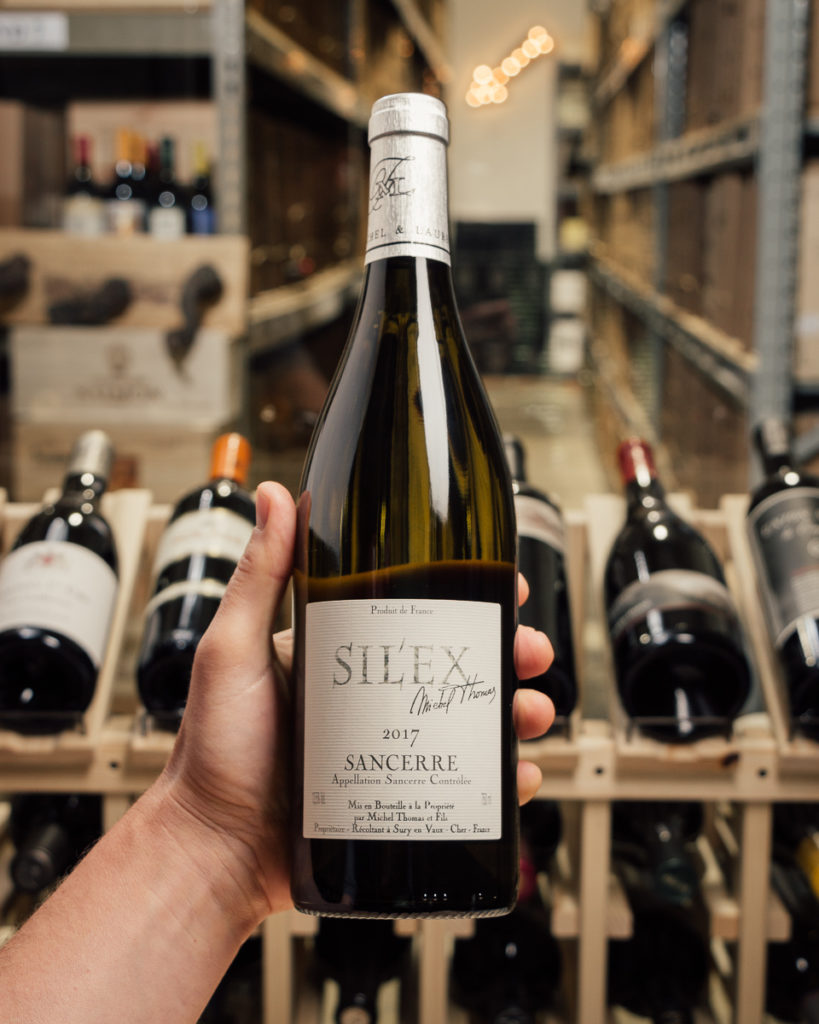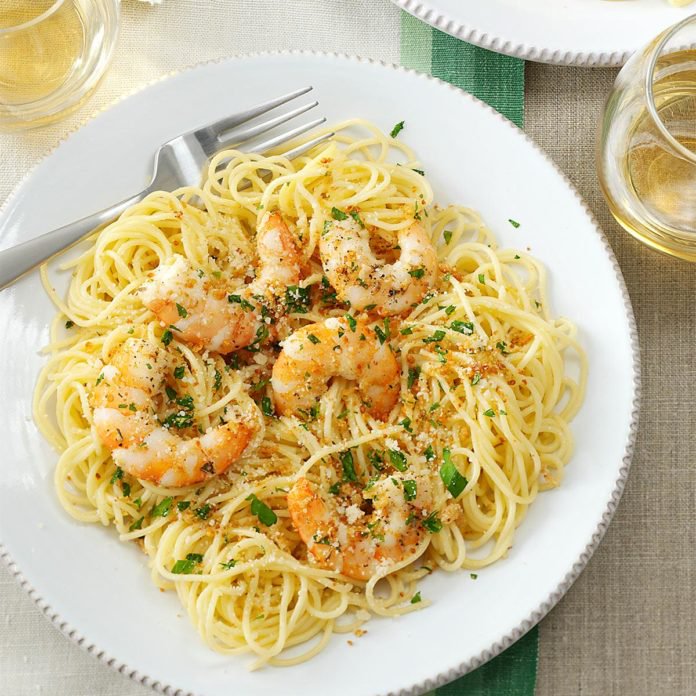Over the past two decades, Sancerre has gone from French bistro novelty to household white wine, beloved by wine drinkers for its crisp, refreshing style. Whether it’s for sipping on a hot summer day or balancing rich winter dishes, Sancerre kind of always seems like an appropriate choice.
But there are plenty of things that you may not know about Sancerre. Did you know that white Sancerre must always be made from Sauvignon Blanc? Or the fact that the region actually makes red and rosé wines in small amounts? Regardless of which Sancerre style you opt for, the region is an excellent source of reliable, widely available, and delicious wines of all colors.
Contents
Geography, Climate, and Soil
Like many other famous Old World wines, Sancerre is both the name of a wine and a place. The region is located in the eastern reaches of the long Loire Valley, just two hours south of Paris. Sancerre sits on the western bank of the Loire River across from the region of Pouilly-Fumé, which makes similarly-styled, acid-driven white wines, and these two regions form the heart of the Central Vineyards area of the Loire Valley.

Though the western end of the Loire Valley, near Nantes, has plenty of influence from the nearby Atlantic, Sancerre has a cool continental climate since it nears the center of France, with cold winters and warm summers. Frost can be an issue during the growing season, but these cool conditions are perfect for creating the light, aromatic, acid-driven wines that Sancerre is known for.
The soil composition varies depending on the vineyard, but you can count on the following making an appearance: flint, gravel, chalk, limestone. Each contributes its own unique mark on the resulting wine.

Rolling hills create gentle slopes for vineyards, and vines are planted in several unique soil types, which are increasingly being isolated by vintners to create site-specific wines.
Caillottes soils are limestone-dominant, with pieces of gravel, yielding delicate and perfumed wines with heightened acidity. They can age very well.
Terres blanches refer to the marine fossil-strewn, often pure white Kimmeridgian clay-limestone soils, the same type that give Chablis wines their distinct chalky flavor. These wines have the most pronounced fruit, usually focused lemon and apple flavors.
Silex has a high proportion of flint, often giving wines a smoky/gunflint note. These wines put minerality and acidity front and center, with fruit taking a backseat.
Grapes and Styles
Sancerre winemakers are allowed to make three styles of wine—white, red, and rosé—from two grape varieties, Sauvignon Blanc and Pinot Noir.
By far the most common style is Sancerre Blanc, a white wine made from Sauvignon Blanc. Though Sauvignon Blanc is well-known for making bright, clean, and fruity wines around the world, the specific terroir of Sancerre lends a flashy, unmistakable style to the varietal. The wines are typically unoaked (though rarely, some producers do choose to vinify white Sancerre using oak).
The result is a steely white wine with tart citrus fruit, herbaceous, grassy notes, and intense minerality reminiscent of crushed rocks or chalk. But depending on producer, white Sancerre can range from simple and easy-drinking to complex and age-worthy.

For both red and rosé Sancerre, Pinot Noir takes center stage. Pinot Noir plantings comprise just 20% of Sancerre vineyards, though, so rosé and red Sancerre are more scarce. Sancerre Rouge is one of the leanest versions of Pinot Noir you’ll find, as these vines are typically subject to cooler conditions and less direct sunlight. Expect Sancerre Rouge to be light, with soft, tart red fruit, delicate florals, and minerally, earthy notes. In warmer years or when oak is used, red Sancerre might also have riper fruit or sweet spice notes. When it comes to Sancerre Rosé, expect juicy, clean white cherry and citrus fruit, plus soft herbs, chalky minerality, and a dry, fresh finish.
A match made in food pairing heaven
Drinking Sancerre by itself isn’t a terrible choice, but enjoying a glass with the right food is absolutely the best move. It might feel like you’re sucking on a lemon if you don’t have something to counter the rabid acidity. Better to pair it with some food.

Brie and goat cheese do especially well, thanks to their fatty content and mild flavor. Other good options include seafood – crabcakes, clams, fried oysters, shrimp scampi, and various kinds of white fish.








